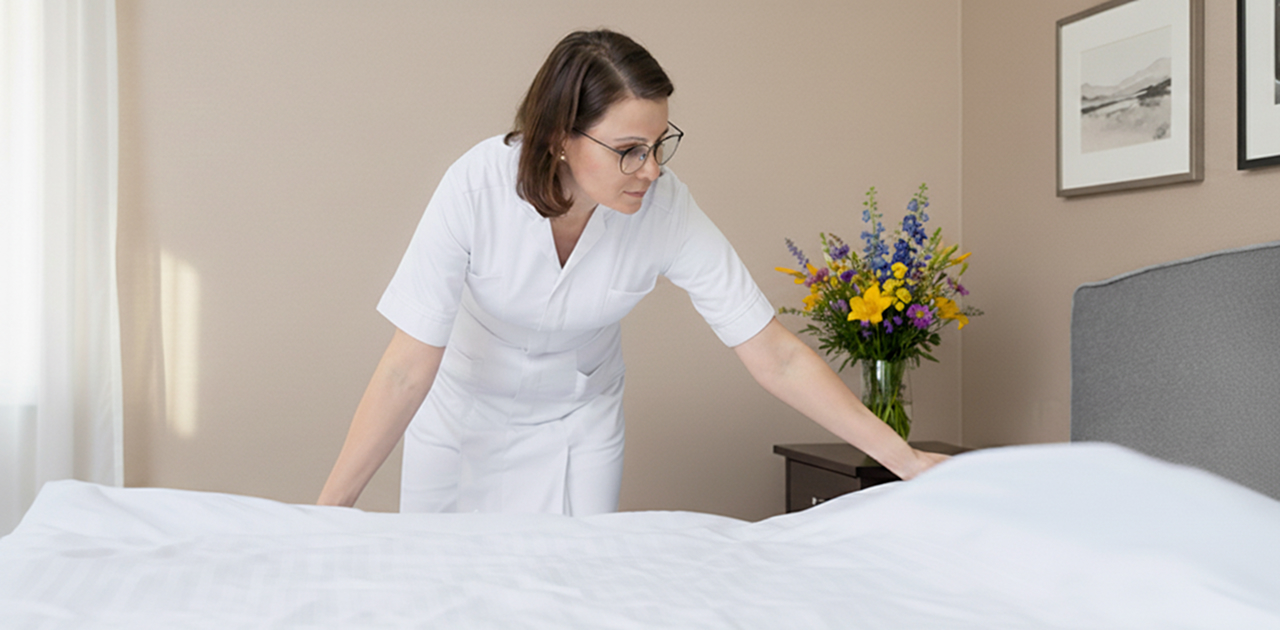Bed sores are a condition that affects many yet is often misunderstood. In this blog, we’ll explore the causes, prevention, and treatment of bed sores. From understanding their formation to recognizing early signs and implementing preventive measures, our goal is to empower you with actionable insights to safeguard against this condition.
Bed sores vs ulcers
While the terms “bed sores” and “ulcers” are sometimes used interchangeably, there are subtle differences between the two. Bed sores are a type of ulcer that specifically occurs due to pressure on the skin, whereas ulcers can develop from various causes, including poor circulation, injury, or infection.
How do they form?
Bed sores form when pressure restricts blood flow to certain areas of the body, leading to tissue damage. They often develop in areas where the bones are close to the skin, such as the heels, elbows, hips, and back. Friction and shear forces can exacerbate the problem, making the skin more vulnerable to breakdown. Individuals who are bedridden or have limited mobility are particularly susceptible to developing bed sores. It is important to act quickly as a bedsore can become deep, extending to affect muscle and bone.
Recognizing the Signs
One of the earliest signs of a bed sore is red patches on the skin, which may initially appear as mild irritation but can quickly worsen if not addressed promptly. These patches feel warm to the touch, and it may appear blue or purple on darker skin. Special creams and dressings can help alleviate discomfort and promote healing, but prevention is key.
How can you help someone with them?
If you’re caring for someone who is bedridden or has limited mobility, there are several steps you can take to help prevent bed sores. Regularly repositioning the individual to relieve pressure on vulnerable areas, ensuring proper nutrition and hydration, and maintaining good hygiene are essential measures. Additionally, using specialized cushions or support surfaces can help distribute pressure more evenly and reduce the risk of skin breakdown.
Pressure Sores or Ulcers:
It’s important to note that pressure sores can progress rapidly and may penetrate deep into the tissue layers if left untreated. Early signs of a worsening bed sore include increased pain, redness, and warmth around the affected area. If you notice any of these symptoms, it’s crucial to seek medical attention promptly to prevent further complications.
Don’t Ignore:
Ignoring the signs of a bed sore can have serious consequences, including infection, tissue necrosis, and even sepsis. Therefore, it’s essential to address any concerns promptly and follow medical advice to ensure proper treatment.
Encouraging Movement:
Encouraging mobility, when possible, is another crucial aspect of preventing and treating bed sores. Even small movements, such as shifting positions in bed or performing range-of-motion exercises, can help improve circulation and reduce pressure on vulnerable areas of the body.
Conclusion
Bed sores may seem like a minor inconvenience, but they can have significant implications for a person’s health and well-being. By understanding the causes, signs, and preventive measures associated with bed sores, we can take proactive steps to minimize the risk of developing these painful and potentially dangerous ulcers. Remember, early intervention is key, so don’t hesitate to seek medical attention if you suspect a bed sore or notice any changes in your or your loved one’s skin condition.
